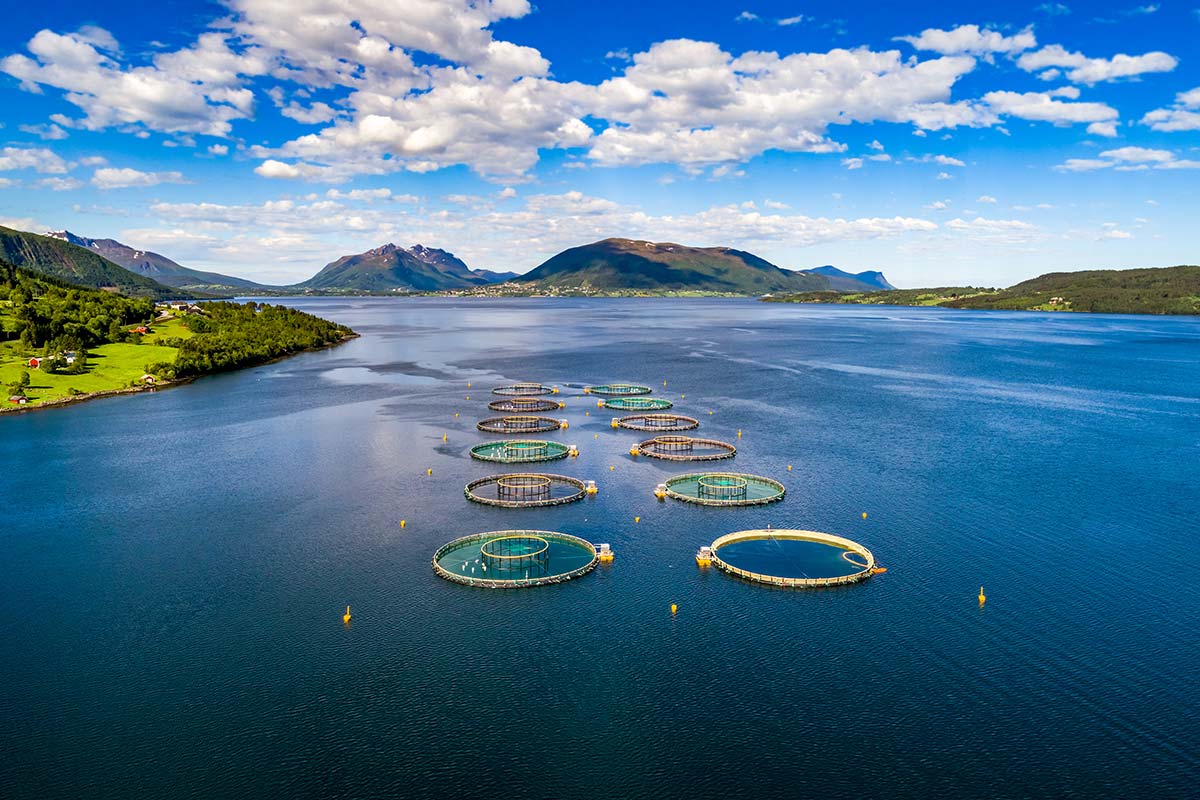Aquaculture is the fastest-growing food production sector in the world and will play an important role in helping to feed a growing population of nearly 8 billion people.
What is Aquaculture?
Aquaculture is the practice of farming seafood such as fish, crustaceans and shellfish. As well as producing food for people to eat, aquaculture also plays a role in rebuilding the populations of endangered species, restoring habitats and breeding fish for zoos and aquariums.
Benefits of Aquaculture
Overfishing and destructive fishing practices have severely diminished wild stocks of many fish species, which are continually under pressure with the growing demand for seafood.
Aquaculture helps to boost stocks of freshwater and seawater species, which can help wild stocks replenish before they are fished again. Aquaculture can help feed people in developing countries while taking the pressure off their own wild fish stocks.
Helping to Create a Sustainable Future
Aquaculture is only as good as the quality of water in which fish is farmed. Keeping the water clean and free of bacteria is incredibly important for healthy stock and to reduce the possibility of food contamination.
UV water treatment systems can help disinfect inflow and recirculated water by deactivating potentially harmful pathogens with UV-C light. UV can disrupt DNA and prevent reproduction, which leads to healthier fresh and saltwater stock.
Aquaculture offers many benefits to the future of marine habitats by helping to reduce wild fishing and combating world hunger at the same time.
Latest Articles
A Busy Year! Alpha-Cure’s 2025 Year in Review
A Year of Global Reach and Innovation for Alpha-Cure As 2025 draws to a close, we’re reflectin...
View ArticleAvoid Holiday Disruption: Key Order Deadlines for Year End Delivery
As we approach the end of the year, production schedules get tighter and distribution channels come ...
View ArticleAll UV Lamps. One Standard: How Alpha-Cure Scaled UK Excellence Globally
When Alpha-Cure expanded our manufacturing footprint to China, it wasn’t about lowering costs, it ...
View ArticleIndustry Focus – Helping Open New Markets for UV Technology
A guide to support local distributor growth At Alpha-Cure, we’re proud of the strong presence ...
View Article
